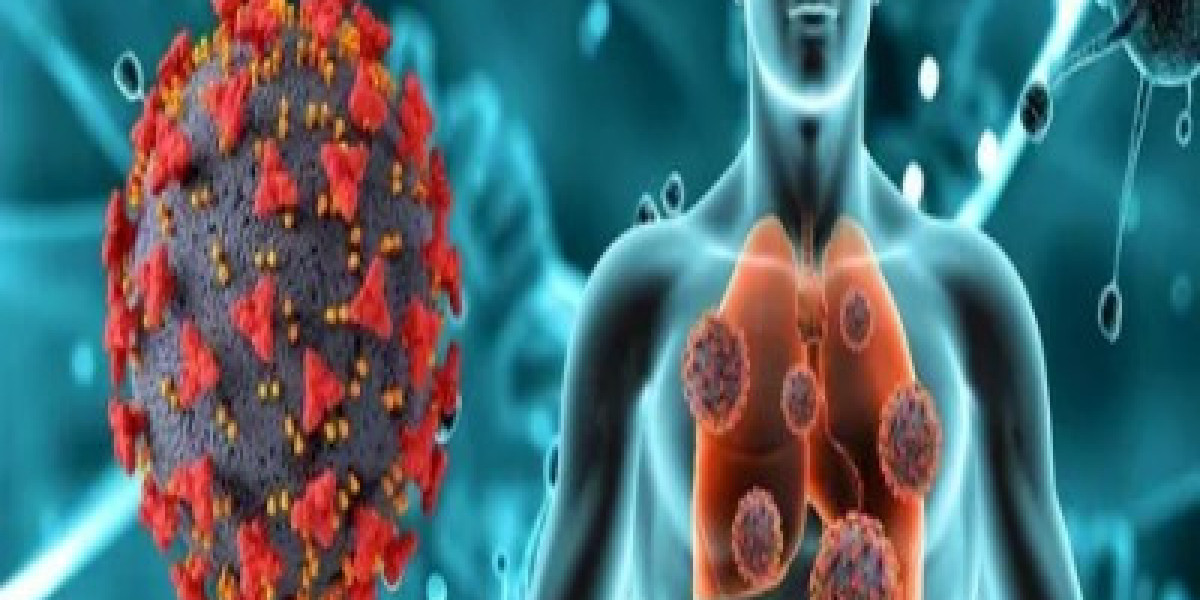Causes of Swine Respiratory Disease
There are several viral and bacterial pathogens that can cause respiratory disease in pigs. Some of the most common causes include porcine reproductive and respiratory syndrome virus (PRRSV), swine influenza virus (SIV), porcine circovirus type 2 (PCV2), Mycoplasma hyopneumoniae, Actinobacillus pleuropneumoniae, and Pasteurella multocida. These pathogens can infect pigs individually, but co-infections with multiple pathogens are also common on farms and make the disease more severe. Stress factors like poor ventilation, overcrowding, and changes in temperature or diet can also predispose pigs to respiratory infections.
Clinical Signs and Pathology
Swine Respiratory Disease Treatment infected pigs may exhibit coughing, sneezing, nasal discharge, fever, lethargy, and labored breathing. Younger pigs (nursing and weaned) are more severely affected and mortality is higher compared to grow-finish pigs. Lesions seen during post-mortem examinations include pneumonia, pleuritis, and pericarditis. Lungs fail to deflate properly and appear dark red to purple in color. Microscopic examination reveals bronchiolitis, interstitial pneumonia, and accumulation of inflammatory cells in lung tissues.
Diagnosis and Monitoring
It is important to correctly diagnose the underlying pathogens in order to implement an effective treatment plan. Common diagnostic tests include immunological assays (ELISA, IFA), virus isolation, and PCR testing of samples collected from sick pigs displaying respiratory signs. Regular monitoring of pig health through measurement of average daily gain, feed conversion ratio, and mortality rate helps identify when disease is impacting performance. Serological monitoring helps detect the introduction of new pathogens onto the farm.
General Management Strategies
While medication and vaccination play an important role, general management practices are pivotal in preventing and controlling swine respiratory disease:
- All-in/all-out production with thorough barn sanitation between groups
- Appropriate ventilation and temperature control
- Avoiding overcrowding and providing adequate space per pig
- Implementing an all-in/all-out crating and weaning strategy
- Using dedicated clothing and boots when entering/leaving barns
- Reducing stress through handling practices and providing quality nutrition
- Isolating newly introduced pigs for 21 days before integration
Specific Treatment Options
Antibiotics like tilmicosin, tulathromycin, florfenicol, and ceftiofur are commonly used to treat secondary bacterial complications. It is important to use antibiotics judiciously and as per label indications to prevent development of resistance. Antiviral drugs do not effectively clear viral infections once clinical signs develop but may help reduce shedding/transmission. Supportive care including fluid therapy and anti-inflammatories aid recovery. Meticulous nursing enhances response to treatment. Vaccination prevents disease and reduces severity/duration of infections. Some specific treatment options include:
- Tilmicosin (Micotil): For respiratory disease caused by M. hyopneumoniae. Administered as injections or in-feed.
- Tulathromycin (Draxxin): Broad spectrum antibiotic effective against swine pneumonia pathogens such as P. multocida, Haemophilus parasuis, and Mycoplasma hyopneumoniae.
- Ceftiofur (Naxcel): Third generation cephalosporin antibiotic indicated for the treatment of swine respiratory disease associated with M. hyopneumoniae, P. multocida and H. parasuis. Given as injections.
- Flunixin meglumine (Banamine): Non-steroidal anti-inflammatory drug that reduces fever and assists recovery from pleurisy or pneumonia. Reduces clinical signs, mortality and mortality associated with viral or bacterial infections. Administered by injection.
- Vaccination against PRRSV, SIV, PCV2 and M. hyopneumoniae: Prevents infections, reduces clinical signs and virus shedding if infection occurs. Gives protective immunity to neonates.
Outcomes and Takeaways
With proper on-farm management and biosecurity protocols, timely diagnosis, appropriate treatment using antibiotics and supportive therapies, and preventive vaccination programs, swine respiratory disease outbreaks can be controlled. This results in faster recovery, minimized treatment costs, improved average daily weight gain and feed efficiency, reduced mortality, and fewer discarded carcasses at processing. With integrated approaches, producers can optimize respiratory health and performace of their pig herds.
Get This Report in Japanese Language: 豚呼吸器疾患取り扱い
Get This Report in Korean Language: 돼지 호흡기 질병 치료
About Author:
Ravina Pandya, Content Writer, has a strong foothold in the market research industry. She specializes in writing well-researched articles from different industries, including food and beverages, information and technology, healthcare, chemical and materials, etc. (https://www.linkedin.com/in/ravina-pandya-1a3984191)










